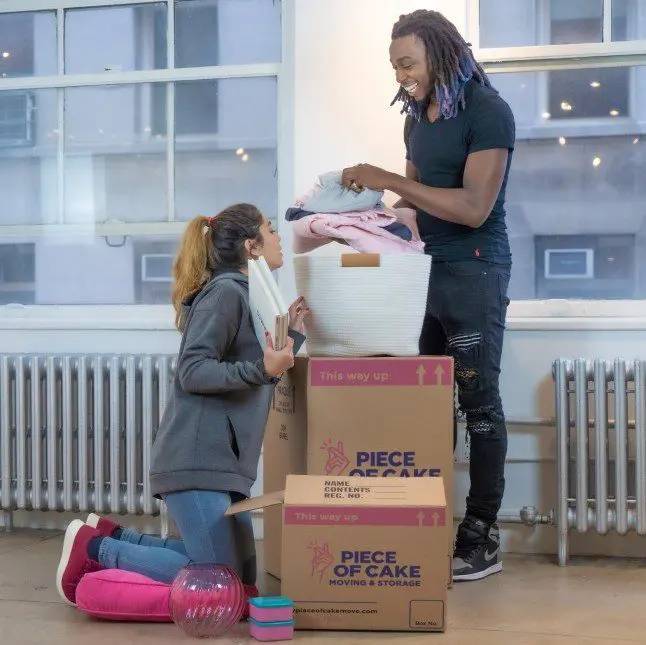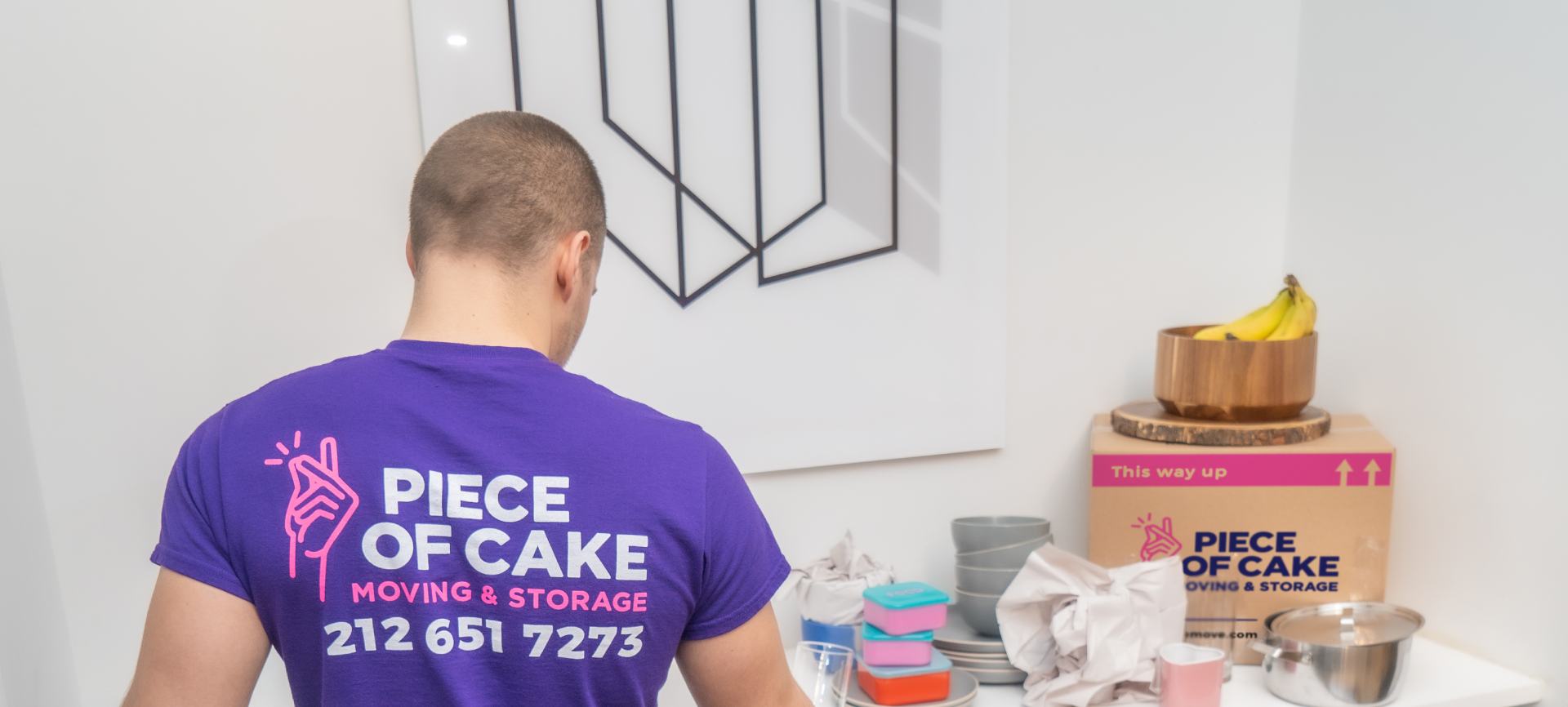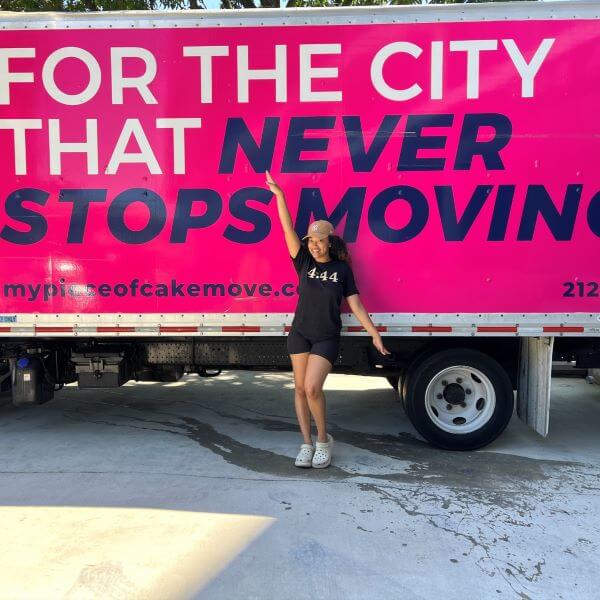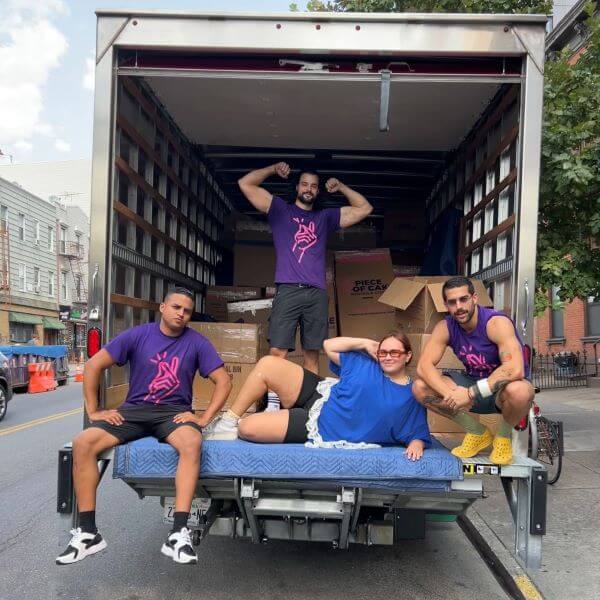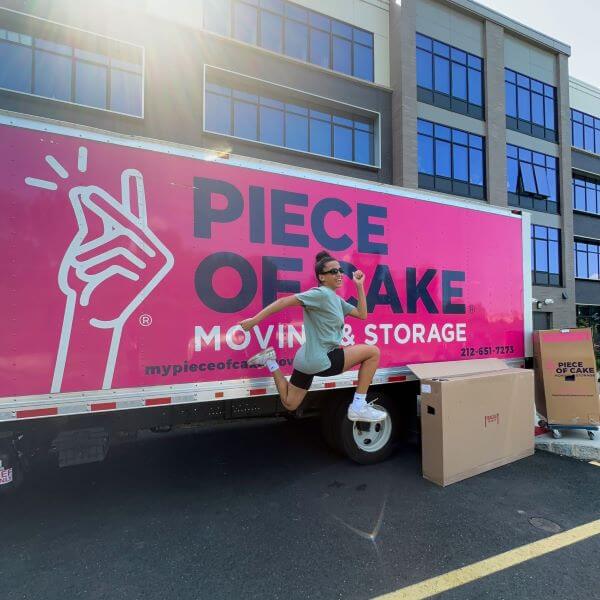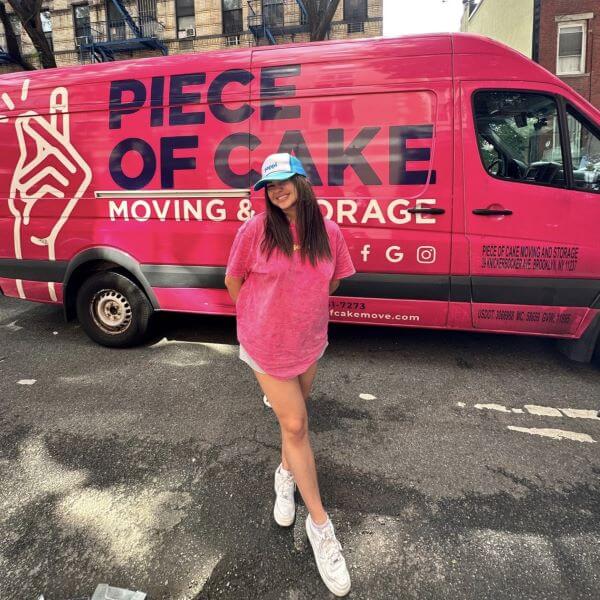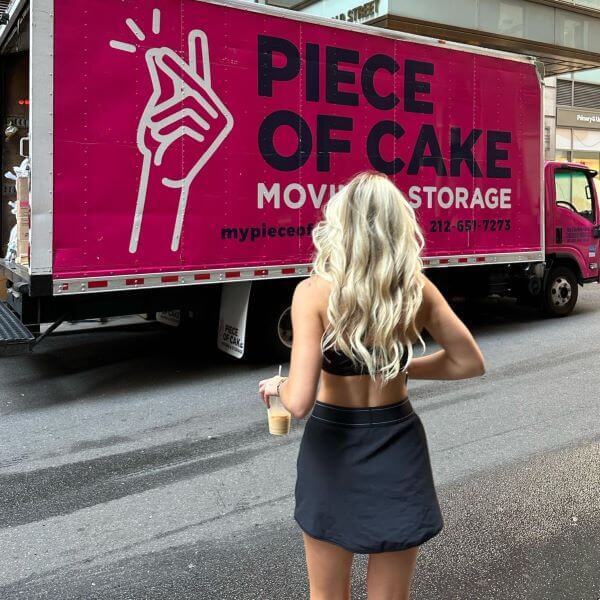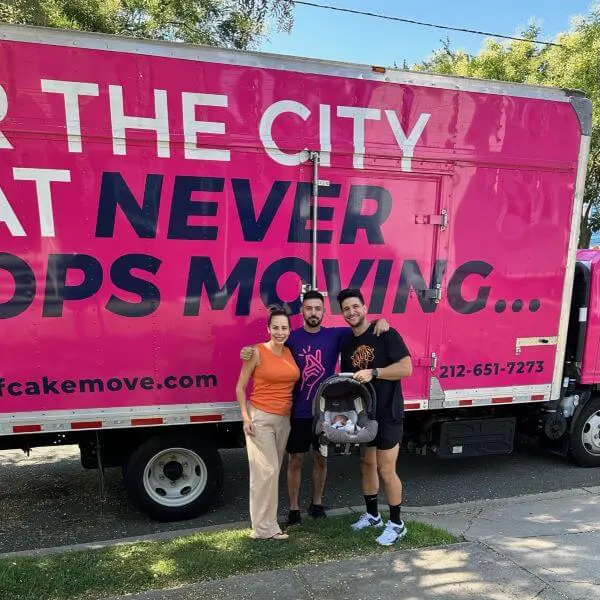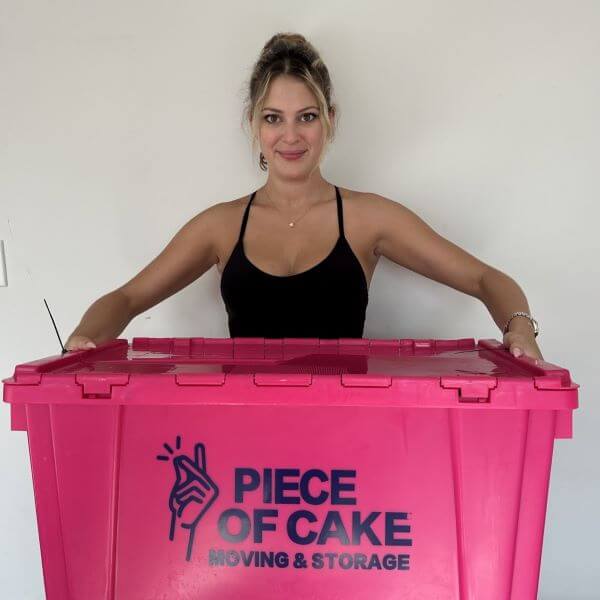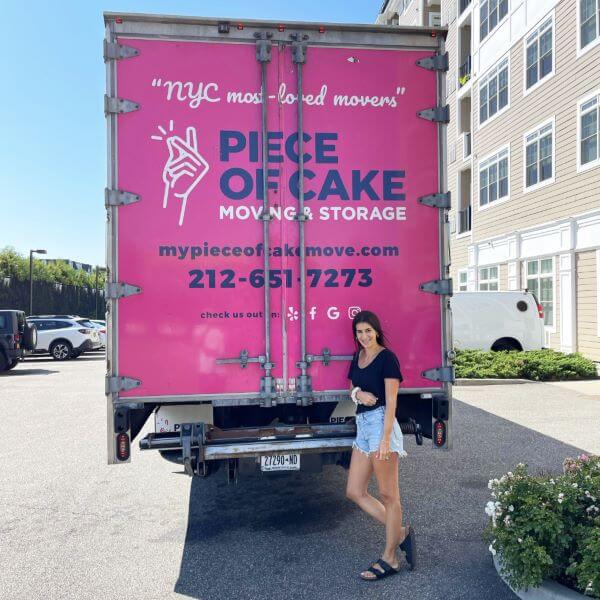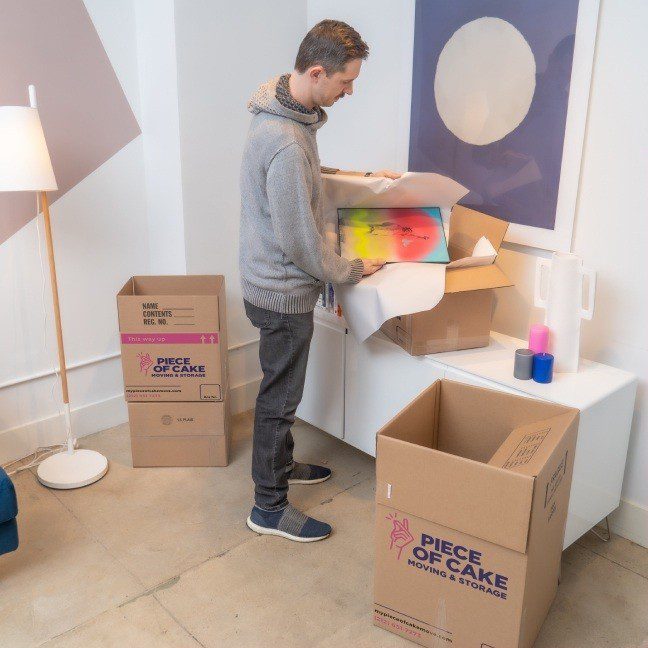
Packing your home shouldn’t be stressful
Whether we pack you or you decide to pack yourself, it should still get done in a way that makes life easier at your destination.
During decades of experience with all types of moves, we’ve found the key to packing efficiently is to approach it strategically. As we’ll explain below, it means some planning, deciding early on what you want to keep and what doesn’t need to travel with you, grouping items together and staging your packing process in a way that minimizes disruption to your household. With our expert guidelines you can reduce the inconvenience of living with boxes at your feet.
For a large house, 1 month of packing time is our recommended estimate if you aim for at least a few boxes a day and a room a week. For smaller houses and apartments, allocate a 2 week minimum packing time.
The big packing picture
1. Create a MasterPlan and identify timings and deadlines for each room. Plan out each room one by one identifying how many boxes you will need for each room and any challenges.
2. Declutter. Identify what won’t travel with you and can be donated, given away, sold or removed ahead of time. There’s never been a better time to let some things go.
3. Ensure you leave out any essentials that will be needed for moving day.
4. Label your boxes, noting the room and items inside it and clearly mark FRAGILE items.
5. Do not overfill boxes as it increases the likelihood of accidents during transportation.
6. Consider how you will manage valuables and important documents.
7. If any custom crates are needed for large or fragile items, factor that packing to be completed well ahead of Moving Day.
8. Stop buying groceries a week before you leave.
